Some experments in lesser known JM's for zone 5
ezochi
17 years ago
Related Stories

FLOWERSRudbeckia Mania: Go Beyond Black-Eyed Susan in the Garden
Branch out from typical nursery fare, with lesser-known Rudbeckia species that have delightfully unexpected features
Full Story
EDIBLE GARDENSWhy Grow Quince? For Beauty, Fragrance and Old-Time Flavor
Delightfully perfumed fruit and lovely spring blossoms make this apple and pear cousin worth a spot in the garden
Full Story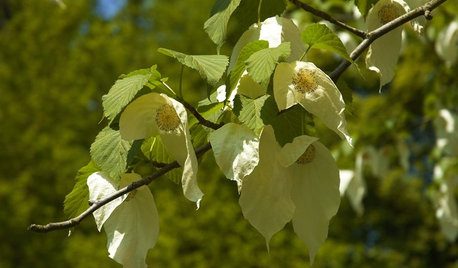
GARDENING GUIDESGreat Design Tree: The Dove Tree
With distinctive fluttery flowers and a height that towers over the landscape, the dove tree provides a respite from the summer sun
Full Story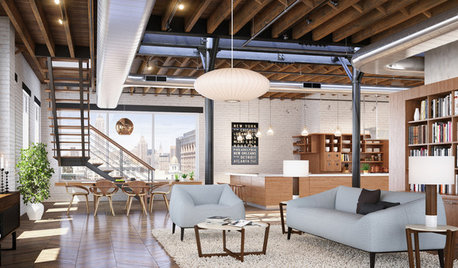
MOST POPULARIs Open-Plan Living a Fad, or Here to Stay?
Architects, designers and Houzzers around the world have their say on this trend and predict how our homes might evolve
Full Story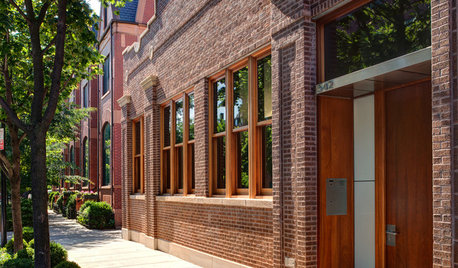
HOUZZ TOURSHouzz Tour: A Three-Story Barn Becomes a Modern-Home Beauty
With more than 9,000 square feet, an expansive courtyard and a few previous uses, this modern Chicago home isn't short on space — or history
Full Story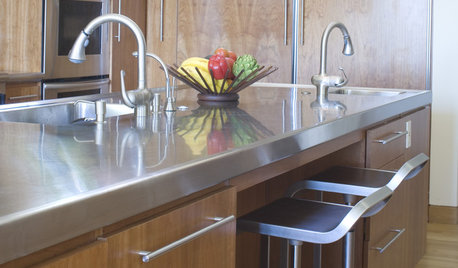
KITCHEN DESIGNDesign an Easy-Clean Kitchen
"You cook and I'll clean" might no longer be a fair trade with these ideas for low-maintenance kitchen countertops, cabinets and floors
Full Story
FURNITUREHow to Buy a Quality Sofa That Will Last
Learn about foam versus feathers, seat depth, springs, fabric and more for a couch that will work for years to come
Full Story
LANDSCAPE DESIGNGet Along With Less Lawn — Ideas to Save Water and Effort
Ditch the mower and lower your water bill while creating a feast for the eyes with diverse plantings and gathering places
Full Story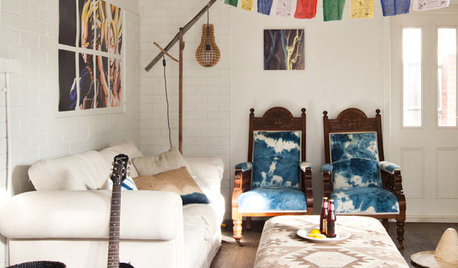
LIFETelltale Signs You Live in a Shared House
A fight for counter space and a spreadsheet to organize your morning showers — yep, you have housemates
Full Story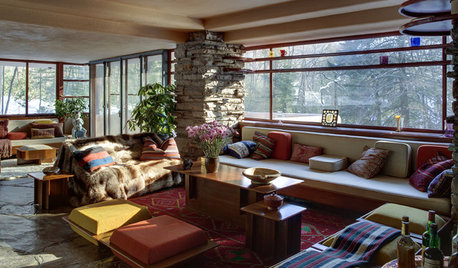
WINDOWSSteel-Framed Windows Leap Forward Into Modern Designs
With a mild-mannered profile but super strength, steel-framed windows are champions of design freedom
Full StoryMore Discussions






myersphcf
ezochiOriginal Author
Related Professionals
Lake Oswego Landscape Architects & Landscape Designers · Ellicott City Landscape Contractors · Lexington Landscape Contractors · New Cassel Landscape Contractors · Berkeley Fence Contractors · Bixby Fence Contractors · Chatsworth Fence Contractors · Eagle Mountain Fence Contractors · East Peoria Fence Contractors · Hammond Fence Contractors · La Canada Flintridge Fence Contractors · Oregon City Fence Contractors · Pacifica Fence Contractors · Wilmette Fence Contractors · East Palo Alto Fence Contractorsmyersphcf
mckenna
jonijumpup, Mich Z5
ezochiOriginal Author
myersphcf
marcindy
ezochiOriginal Author
myersphcf
ezochiOriginal Author
myersphcf
myersphcf
ezochiOriginal Author
myersphcf
doniki
myersphcf
kvolk
ezochiOriginal Author
myersphcf
doniki
ezochiOriginal Author
myersphcf
ezochiOriginal Author
formosalily
ezochiOriginal Author
myersphcf
jeuck
myersphcf
ezochiOriginal Author
myersphcf
ezochiOriginal Author
Thyme2dig NH Zone 5
kaitain4
ezochiOriginal Author
tjchermack
Thyme2dig NH Zone 5
ezochiOriginal Author